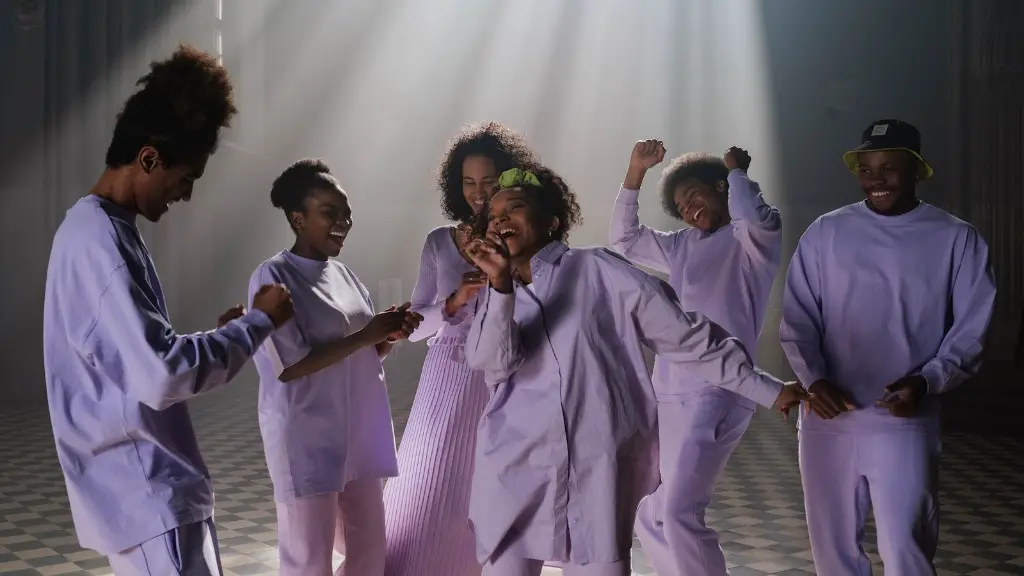How To Draw In Cursive
Writing in cursive is an art form that enables us to express our thoughts with clarity and beauty. It takes patience, practice, and a steady hand to learn this timeless style of writing. But with a few simple tips and techniques, you will be able to write and draw beautiful cursive letters in no time!
Grip the Pen
The first step to writing in cursive is to grip the pen properly. If you don’t have a good grip, it will be much harder to draw each letter or line. Start by holding the pen between your thumb and index finger and then wrap your other three fingers around it. Make sure your grip is comfortable, but not too loose. Once the pen is secure in your hands you can move on to the next step.
Start With the Basics
Before you jump into cursive, you should practice some basic line drawing to get the feel for the pen and paper. Hold the pen close to the tip and draw lines from side to side, top to bottom, in circles, or any shape you want. This will help you get a feel for the pen and the way it moves, and will make it easier to draw smooth and even cursive letters.
Visualize the Letter
Now that you’ve practiced your lines, it’s time to move on to drawing your letters. Before you pick up the pen, take a moment to visualize the letter you want to draw. Draw a mental picture in your mind of the movement of the pen, the shape of the letter, and how everything is put together. Once you have the mental picture, you can start drawing the letter on paper.
Add Depth and Movement
Cursive writing isn’t just about drawing lines and letters; it’s about making your writing look beautiful. To add depth and movement to your letters, use curves and swirls. Make some of the lines thicker, or draw an arch or a circle over or around some of your lines. Take your time, and feel free to experiment with different shapes and lines to add beauty and personality to your writing.
Iterate and Refine
Practice makes perfect! Take the time to go over your letters and refine them until they’re looking just right. Pay attention to the details so that the letters look neat and symmetrical. If they’re still not turning out the way you want, try using a different pen or changing up your grip. It might take some time, but don’t give up! With enough practice, you’ll be writing beautiful cursive in no time.
Find a Writing Partner
One of the best and quickest ways to improve your cursive writing is to find someone to write with. Find a friend who also wants to learn cursive, and you can practice together. You can compare your letters, help each other refine your technique, and share ideas for adding flair and creativity to your writing. A writing partner can be the perfect way to keep you motivated and focused on learning.
Reward Yourself for Your Efforts
Learning cursive takes time and dedication, so be sure to reward yourself for your efforts. After every few successful hours of practice, take a break and go do something to celebrate your progress. You could buy yourself a special notebook or set of pens, or even treat yourself to a movie night. Taking a few moments to appreciate the hard work you’ve put in will help keep you motivated and looking forward to the next challenge.
Celebrate Your Achievements
When you’ve reached your goal of beautiful cursive writing, take a moment to celebrate your hard work and accomplishments. Rejoice in the fact that you’ve successfully learned a timeless form of communication and art. Share your work with friends and family, or make a portfolio of your work and display it proudly. Congratulations!
